Now that companies have begun leaping into AI applications and adopting agentic automation, new architectural challenges are bound to emerge. With every new technology comes high responsibility, consequences and challenges.
To help face and overcome some of these challenges, Temporal introduced the concept of “durable execution.” This concept has quickly become an integral part of building AI systems that are not just scalable but also reliable, observable and manageable.
In this episode of the Tech Transformed podcast, host Kevin Petrie, VP of Research at BARC, sits down with Samar Abbas, Co-founder and CEO of Temporal Technologies. They talk about durable execution and its critical role in driving AI innovation within enterprises.
They discuss Abbas’s extensive background in software resilience, the development of application architectures, and the importance of managing state and reliability in AI workflows. The conversation also touches on the collaboration between developers, data teams, and data scientists, emphasising how durable execution can enhance productivity and governance in AI initiatives.
Also Watch: Developer Productivity 5X to 10X: Is Durable Execution the Answer to AI Orchestration Challenges?
Chatbots to Autonomous Agents
“AI agents are going to get more and more mission critical, more and more longer lived, and more asynchronous," Abbas tells Petrie. “They’ll require more human interaction, and you need a very stable foundation to build these kinds of application architectures.”
AI not just fuels chatbots today. Enterprises are increasingly experimenting with agentic workflows—autonomous AI agents that carry out complex background tasks independently. For example, agents can assign, solve, and submit software issues using GitHub pull requests.
Such a setup isn’t just a distant vision; the Temporal co-founder pointed to OpenAI’s Codex as a real-world case. With this approach, AI becomes a system that can handle hundreds of tasks at once, potentially achieving "100x orders of magnitude velocity," as Abbas described.
However, there are some architectural difficulties to stay mindful of. The AI agents are non-deterministic by nature and often depend on large language models (LLMs) like OpenAI’s GPT, Anthropic’s Claude, or Google’s Gemini. They reason based on probabilities, and they improvise. They often make decisions that are hard to trace or manage.
AI workflows as simple code
This is where Temporal comes in. It becomes the executioner that keeps the system cohesive and in alignment. “What we are trying to solve with Temporal and durable execution more generally is that we tackle challenging distributed systems problems," said Abbas.
Rather than developers stressing over queues, retries, or building their own reliability layers, Temporal allows them to write their AI workflows as simple code. Temporal takes care of everything else—reliable state management, retrying failed tasks, orchestrating asynchronous services, and ensuring uptime regardless of what fails below the surface.
As agent-based architectures become more common, the demand for this kind of system-level orchestration will only increase.
Listen to the full conversation on the Tech Transformed podcast, and discover how Temporal is shaping the next era of durable, autonomous, AI-powered applications.
Learn More at Temporal.io
Takeaways
- Durable execution is essential for maintaining software uptime.
- Samar Abbas has over 25 years of experience in software development.
- AI agents are becoming increasingly mission-critical in applications.
- Organisations need a stable foundation for AI architectures.
- Durable execution provides full visibility into AI decision-making.
- The future of AI involves more autonomous agents performing tasks.
- Context is crucial for maximising the value of AI models.
- Durable execution helps manage scalability and reliability in AI workflows.
- Cross-functional collaboration is key to successful AI initiatives.
- Investing in durable execution can unlock higher productivity and quality.
Chapters
- 00:00 Introduction to Durable Execution and AI Innovation
- 07:06 Samar Abbas's Journey and Insights on Software Resilience
- 12:54 The Role of Durable Execution in AI Workflows
- 18:52 Cross-Functional Collaboration in AI Initiatives
- 24:38 The Importance of Durable Execution for Business Leaders


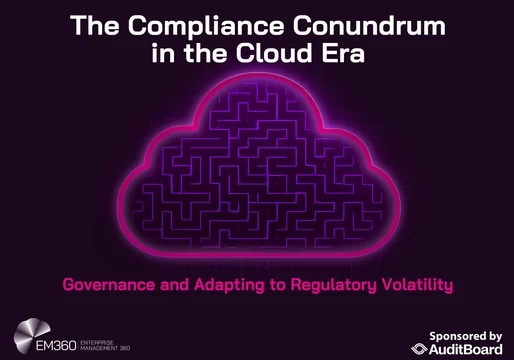


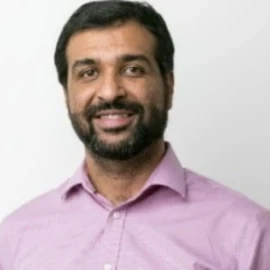

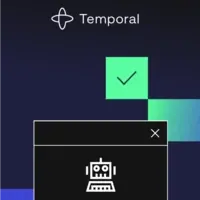


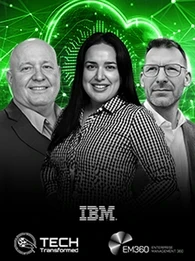
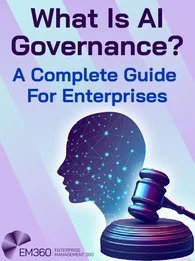
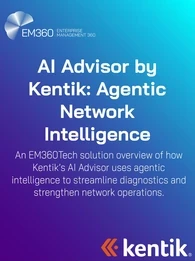
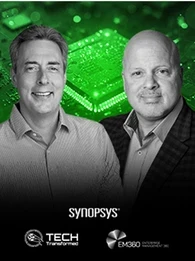
Comments ( 0 )